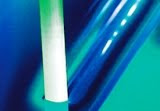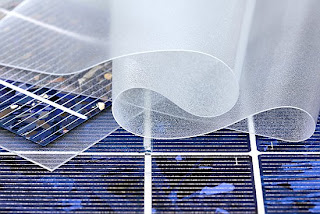new PV solar cell producer in Korea LG
LG Electronics has acquired third-party certification for its solar cell testing facility from TUV Rheinland, a German company involved in technical, safety and certification services. The South Korean company has been investing heavily in the solar cell business over the past five years, looking to invest 220 billion won (about $185 million) to complete two solar cell production lines by the end of 2010. LG claims to be the world's first company to get third-party certification for a solar cell testing facility. The certification will help reduce the time and money spent on safety testing and the certification of solar cell products, the process of which is currently handled by independent organizations. ``When relying on independent product safety organizations, the process takes about a year and costs several tens of millions of won for each product. Gaining certification will cut the time to about six months and allow us to save about 3 billion won annually,'' said an L


